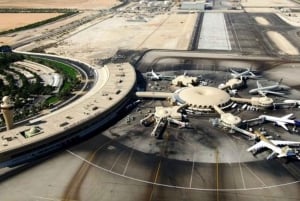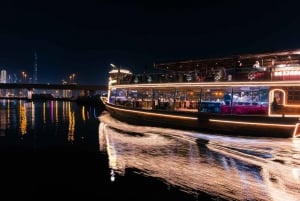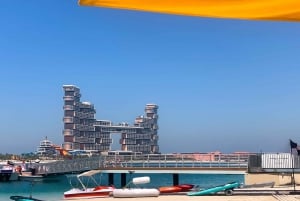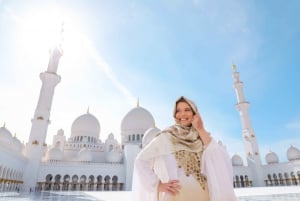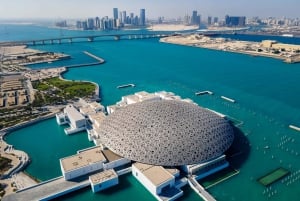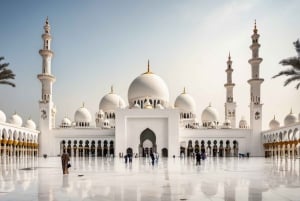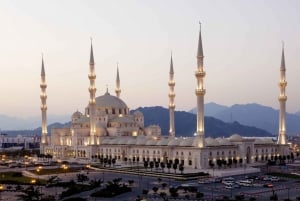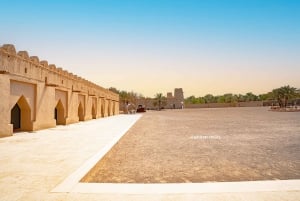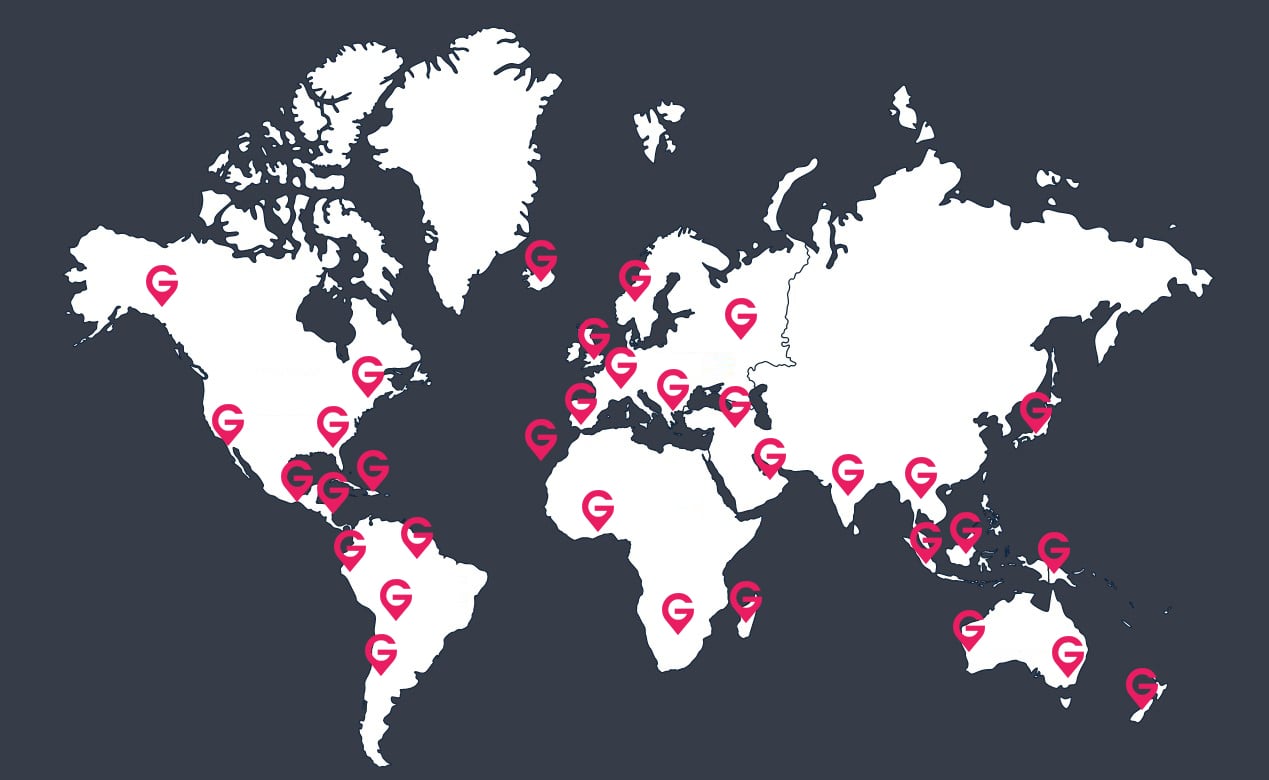Al Ain Oasis and City, UAE
The oasis and city are located at the foot of the Hajar Mountains with the Sultanate of Oman to the east, and the empty quarter desert to the south. Al Ain Oasis in the Eastern Region of is popular for its ancient history, cultural events, and environmental attractions. The rich water supplies in the area gave the oasis the name, Al Ain, which means The Spring in Arabic. The oasis is the largest of the cluster of seven oases which are Al Ain, Qattara, Al Mutaredh, Al Jimi, Al Muaiji, Hilli, and Al Jahili, at the foot of Jebel Hafit, the second tallest mountain in the UAE.
At the foot of the mountain the green Mubazzarah is a recreational area in Al Ain for those seeking the benefits of the mountain springs. Due to its long history of date plantations, the healing springs of Jebel Hafit, and the milder climate, Al Ain is often called as the Garden City of the Gulf. The city of Al Ain takes its name from this oasis which, according to archaeological evidences, has probably been cultivated for at least three thousand years.
The oasis in Al Ain covers an area of approximately 3,000 acres and contains over 147,000 date palms, up to 100 different varieties amongst them. It has eight entrances, some of which have arched gates. The date orchards form a patchwork of individually owned plots, segregated by a maze of pathways varying from one to seven metres in width. The boundary walls were originally made of mud brick, but now most of them have been renovated using more modern materials.
The oasis has been preserved in a way that it highlights the country's Bedouin culture and traditions. All the plantations in the oasis are irrigated by falaj, an ancient irrigation system of narrow waterways that was first used as early as 1000BC. The water originates from the mountains about 30 kilometers away. Al Ain Oasis is located north of the Al Mutawa'a district and east of the Al Jhali district in Al Ain.


